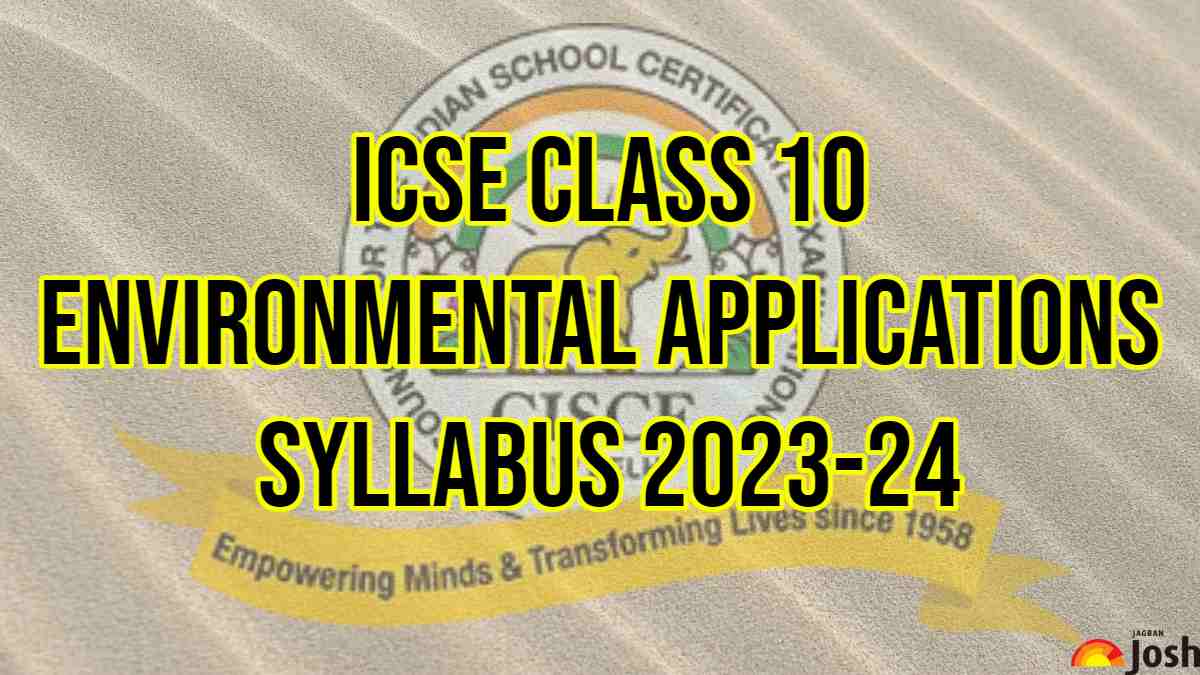Download Class 11 English Sample Paper PDF
[ad_1] Class 11 English Model Paper Gujarat Board 2024: This article provides information about the…
[ad_1]

(i) Caring for our Soil
(a) Causes and consequences of soil erosion.
Study improper land use, deforestation, overgrazing, etc and also the impact of soil erosion on food production, generation of wastelands, silting of waterways and dams.
(b) Soil conservation strategies.
A study of solutions and their applicability. Examples such as Auroville’s work and Tarun Bharat Sangh’s work.
(c) Fuel wood crisis.
To develop an understanding in students that a very large section of Indians still use firewood as fuel, the impact it has on nature in terms of a fast dwindling resource and the pressure put on surviving forests. Impact on health of the poor, particularly women, from inhaling the smoke.
(d) Waste generation – its toxicity and its impact on life and land.
The politics of waste dumping, the unmanageable wastes that we generate, leaching of toxins from landfills into water bodies, agricultural lands, and issues around incinerating waste.
(e) Treatment of wastes:
Evolving solutions to treat wastes. The scope and limitation of end of the pipe treatment.
JFM, community forestry.
(f) Alternatives to timber
Design solutions-alternate materials, etc.
Suggested Activities/ Visits:
(ii) Caring for our Air
(a) Technical methods to control air pollution.
Electrostatic precipitators, cyclone separators, wet scrubbers, bag filters, fluid bed boilers.
(b) Strategies to reduce air pollution –
Penalties and subsidies, Bubble theory.
Hybrid vehicles, alternate fuels, alternate energy vehicles.
Study of Curitiba in Brazil, synchronised signals, use of lanes, one-way roads, etc.
(c) Legislation as a means to reduce air pollution.
The role of law in controlling and reducing pollution with examples like the Taj Mahal trapezium, Delhi city, etc.
(d) Remote sensing satellites and their applications.
Why is it such a good tool? What can it be used for?
(e) International norms on air pollution.
What are the International norms on air pollution? How are they drawn? Limitations with the implementing. Example: Euro 1, Euro 2.
Suggested Activities/ Visits:
(iii) Caring for our Water
(a) Techniques of watershed management
Conserving water bodies; Study of indigenous examples like the Eri system of Tamil Nadu or Rajasthan’s traditional systems and newly evolving modern techniques of water management; Ramsar convention.
(b) Rain water harvesting.
The need for the above and the scope.
(c) Small dams versus large dams.
An analysis – can many small dams replace a large dam? Do large rivers require large dams only?
Issues around large dams.
Scope and limitation of small dams.
Other possibilities like Micro hydel, Mini hydel, run off the river.
(d) Water recycling.
The scope of water recycling and importance.
(e) Alternatives to existing sewage treatment like dry compost toilets.
Decentralised answers to centralised ones, Use of decomposed night soil as a fertiliser as in China.
Suggested Activities / Visits
[ad_2]
Source link